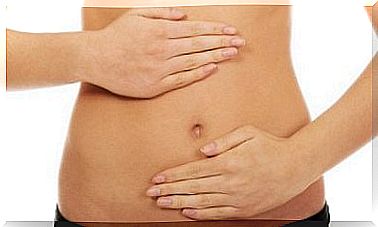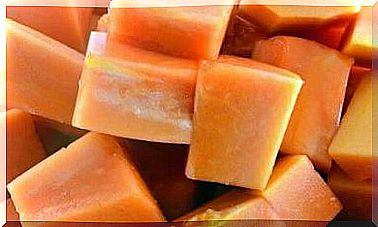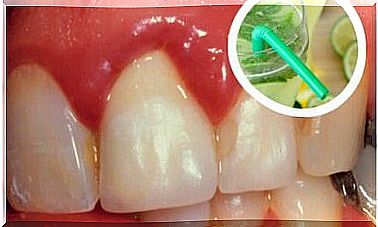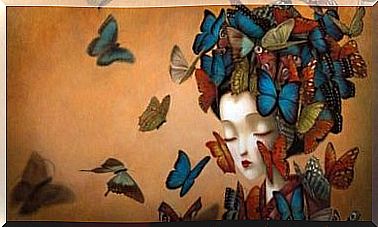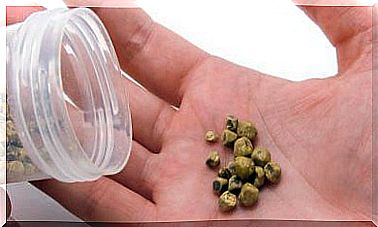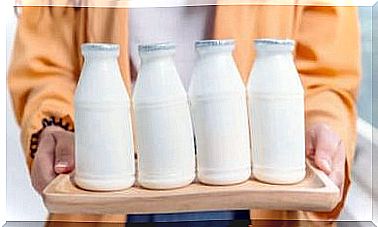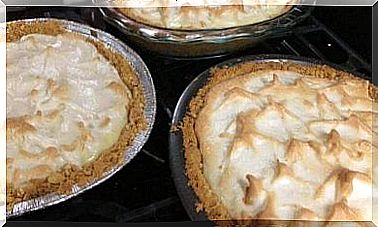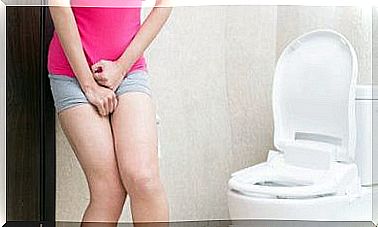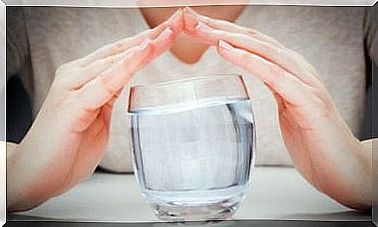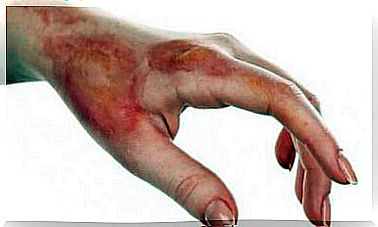Burns In Children: Immediate Measures
If a child suffers a slight burn, the affected area must first be cooled. Light wounds are washed with soap and water. However, if the burns are more severe, you must take the child to the doctor immediately.
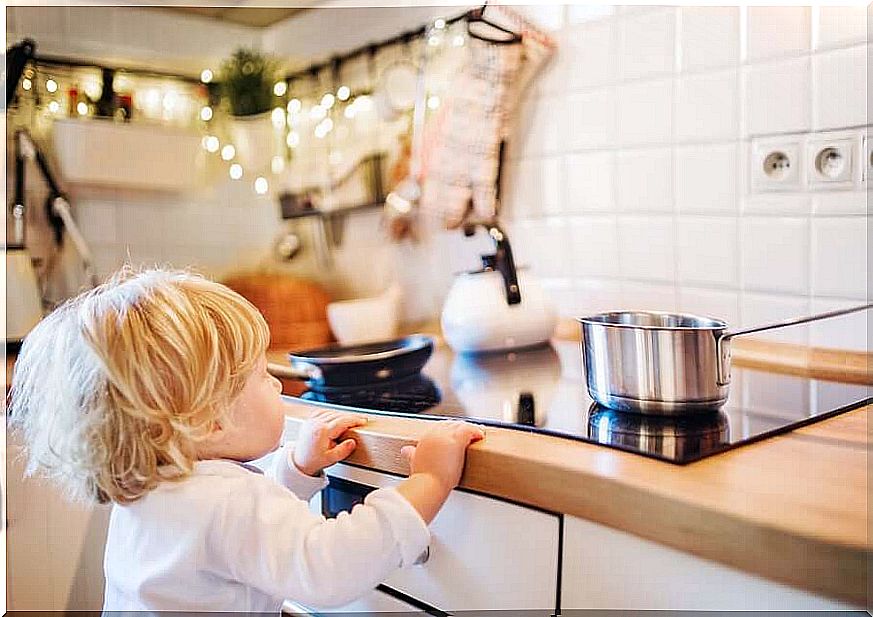
Burns and scalds are among the most common accidents in the home. Small children between the ages of two and four are particularly at risk because they want to discover new things but do not yet understand the danger. But what to do if a child is burned?
You should always have a well-stocked first-aid kit at home and know the exact steps to follow if this occurs. In today’s article, learn how to treat minor, superficial burns in children.
Things to know about burns
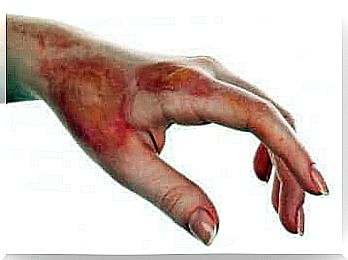
As already mentioned, burns are one of the most common accidents in the household, with children under five and adults over 45 and especially over 65 being affected. It is therefore important to know how to react in this situation. Then, learn what to do if your child is burned.
Types of burns
First you have to distinguish the different degrees of severity of the burns. Because the treatment depends on it. Keep in mind that symptoms develop slowly and therefore the actual extent of the symptoms may not always be immediately apparent.
-
First degree burns
These are light, superficial burns that only affect the epidermis. The skin is red but blisters will not develop. Those affected feel a burning pain and the injured area swells. For example, slight skin burns from the sun are typical.
-
Second degree burns
In this case, the dermis (dermis) and the epidermis are affected. There are swellings and also blisters. The wounds usually start to ooze. A classic example of this is scalding the skin with a very hot liquid.
-
Third degree burns
These types of burns are very dangerous. All layers of the skin are injured, including deeper tissue layers, and it can lead to charring. Muscles, nerves or bones can also be damaged. The damage to the nerve endings decreases the sensitivity to pain.
In this case, the person concerned needs medical help immediately.
Burns in children
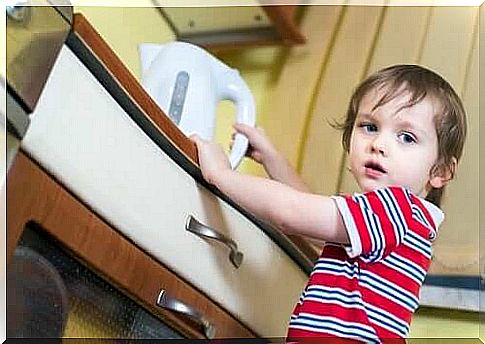
If the burn area makes up more than 5 percent of the body, the child must definitely be taken to the doctor. Regardless of the size of the injury, in the case of second and third degree burns, the child necessarily needs medical attention.
Even minor first-degree burns must be examined by a doctor if the following areas of the body are affected or the following situations apply:
- Face, hands and feet
- Joints
- Contact with high voltage
- Inhalation of gases
What can be done if a child is slightly burned?
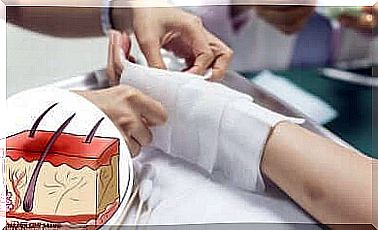
Some of the following recommendations will seem overly obvious to you. Others, on the other hand, may still be unknown to you or you simply would not have thought of them. In any case, it is very helpful to look at the log from time to time in order to be able to act correctly in an emergency.
The following steps are recommended for treating minor burns in children:
- First, remove the child from the cause of the burn.
- If necessary, remove the child’s clothing and accessories, but only if this is easy to do and the clothing does not stick to the skin. If this is the case, take your child to the doctor! Because wrong action in this case could mean more harm than help.
- Minor injuries are treated immediately with cold. Let water run over the burned skin on the surface for a few minutes. The water should be at a normal temperature and not be freezing cold. You can also moisten gauze with water or physiological saline and apply it to the burn.
- Wash the injured area with soap and water.
- If it is sunburn, care for your child with a moisturizing after-sun lotion for several days. There are specific products in the pharmacy.
- Don’t forget: If you have more serious burns or if you have any doubts, you should definitely take your child to the doctor! The doctor may, among other things, prescribe an antibiotic ointment.
What not to do
You should definitely not apply cold directly to the injured area or apply toothpaste. This could cause more damage and in no way promote the healing process.
- Do not put ice directly on the injured area or use ice cold water directly on the burn. This could lead to additional damage.
- If blisters form, do not pierce them, otherwise the area could become infected.
- You must not give your child an antibiotic without a doctor’s prescription. In addition, these drugs are usually not necessary for minor burns.
- Powder, butter and toothpaste have no place on the burn either. Even if you keep hearing that these remedies are helpful, this is not the truth. On the contrary, it could worsen the situation.
Don’t forget that children’s delicate skin is particularly sensitive. If the child has been in pain for a long time, you should take them to the doctor, even if it is a first-degree burn. This will help ensure that they are receiving the right treatment and prevent complications.
You should also remember that prevention is the best medicine. Of course, household accidents cannot always be prevented, but certain precautionary measures can definitely reduce the risk.
